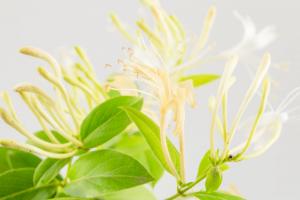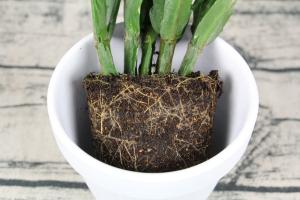How to Make Tap Water Safe for Cannabis Plants
Cannabis plants need a consistent and reliable source of water to grow properly. For many growers, this means using tap water. However, tap water can contain a number of harmful chemicals and minerals that can negatively impact the health of your cannabis plants. In this article, we will discuss how to make tap water safe for cannabis plants.
Understanding Tap Water Contaminants
The first step to making sure your tap water is safe for your cannabis plants is understanding what contaminants may be present. Some of the most common contaminants in tap water include:
Chlorine and chloramines
Fluoride
Heavy metals such as lead, copper, and iron
Pesticides and herbicides
Pharmaceuticals
Each of these contaminants can have negative effects on the growth and health of cannabis plants. For example, chlorine and chloramines can damage beneficial bacteria in the soil, while heavy metals can accumulate in the plant tissue and cause toxicity.
Removing Chlorine and Chloramines
One of the easiest ways to remove chlorine and chloramines from tap water is to let it sit uncovered for 24 hours. This allows the chemicals to dissipate into the air. However, this method may not be effective for all types of chloramines.
Another method is to use a dechlorinator or a carbon filter. Dechlorinators typically use Vitamin C to neutralize chlorine, while carbon filters remove both chlorine and chloramines. These options are more effective and reliable than just letting water sit overnight.
Filtering Out Heavy Metals
Filtering out heavy metals is a bit more complicated than removing chlorine and chloramines. Most heavy metals are not affected by boiling or letting water sit, and they cannot be filtered out with standard carbon filters.
Instead, you can invest in a reverse osmosis (RO) filter, which is specifically designed to remove heavy metals, chemicals, and other impurities from tap water. RO filters work by forcing water through a semi-permeable membrane that blocks contaminants while allowing clean water to pass through.
Addressing pH Imbalances
Tap water can also have pH imbalances that can negatively affect the growth of cannabis plants. The ideal pH range for cannabis plants is between 6.0 and 7.0. If your tap water has a pH outside of this range, you will need to adjust it.
You can use pH testing strips or a pH meter to test the pH of your tap water. If it is too low, you can raise the pH by adding a small amount of baking soda or potassium carbonate. If it is too high, you can lower the pH by adding a small amount of vinegar or citric acid.
Conclusion
By understanding the contaminants that can be present in tap water and taking steps to remove them, you can make sure that your cannabis plants receive clean, safe water. Investing in a dechlorinator, carbon filter, or RO filter can go a long way in ensuring your plants have the clean water they need to thrive.

 how many times do yo...
how many times do yo... how many planted tre...
how many planted tre... how many pine trees ...
how many pine trees ... how many pecan trees...
how many pecan trees... how many plants comp...
how many plants comp... how many plants can ...
how many plants can ... how many plants and ...
how many plants and ... how many pepper plan...
how many pepper plan...






























